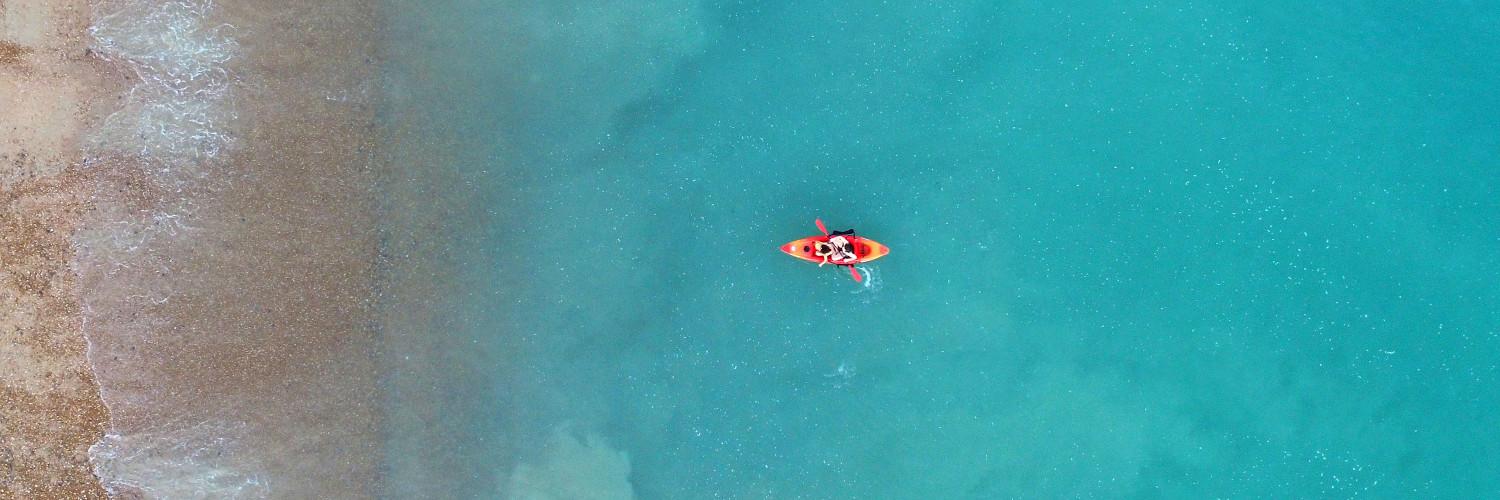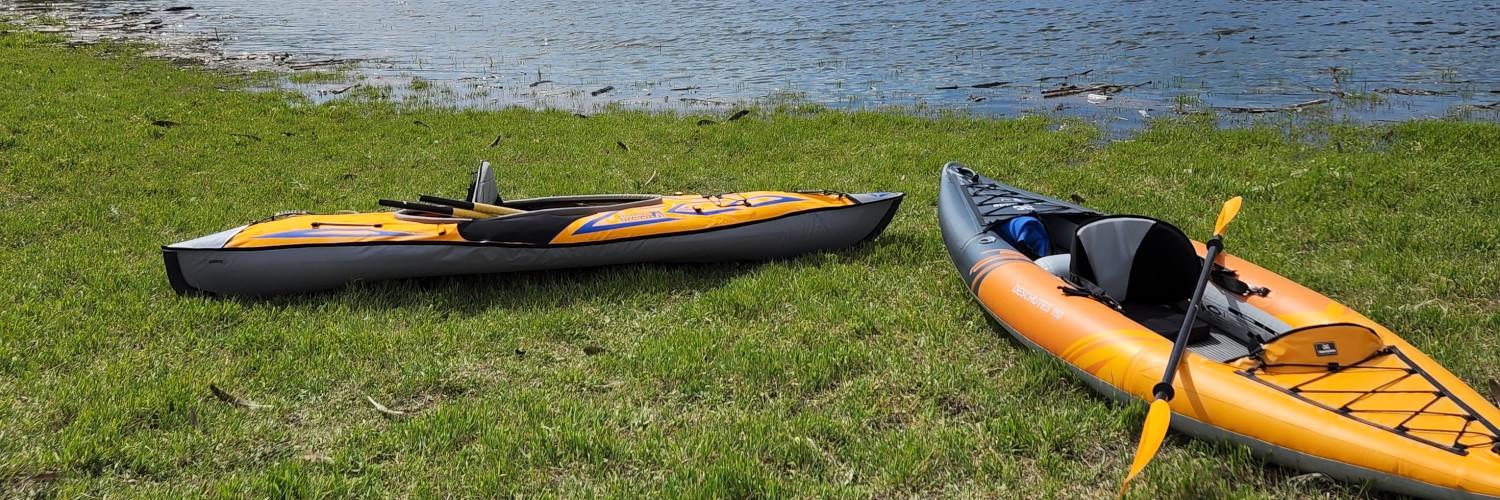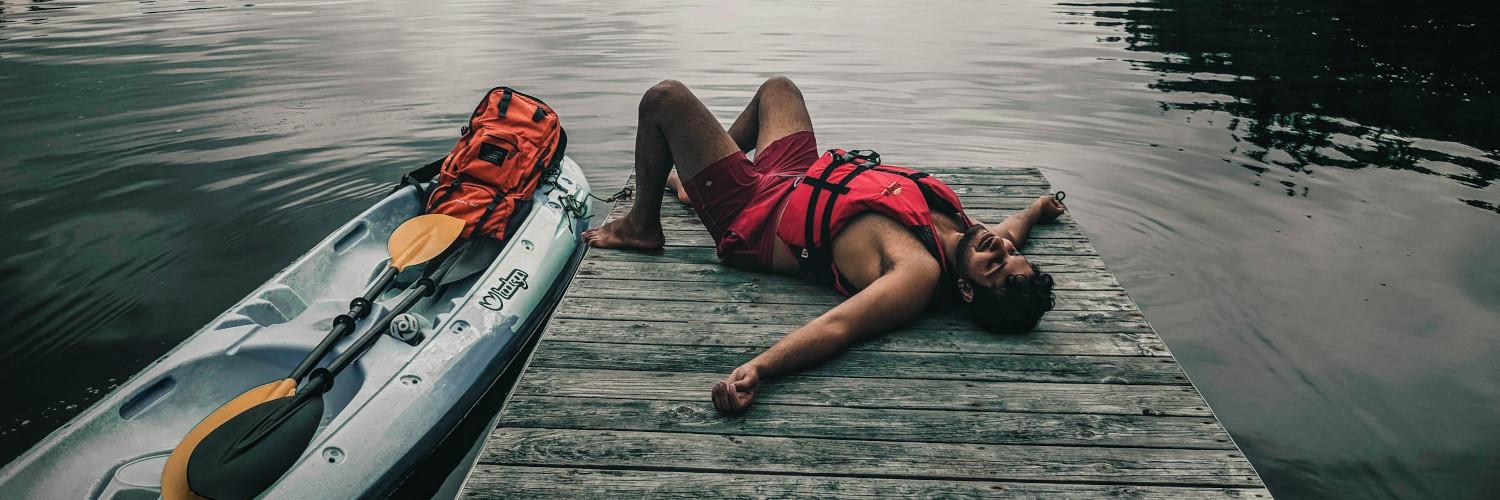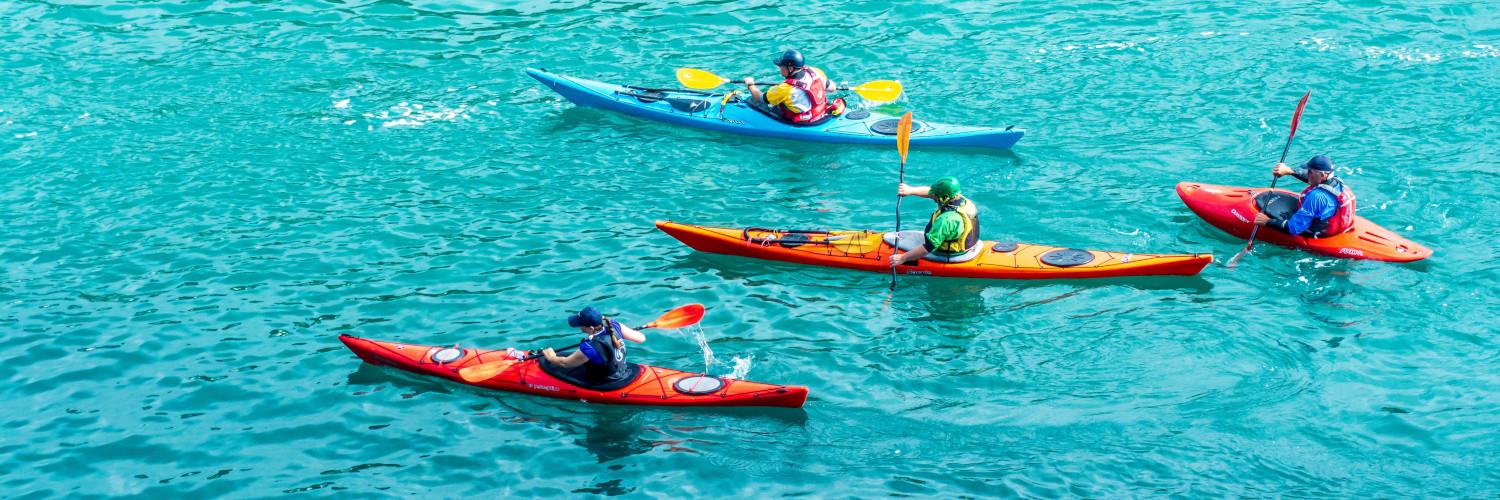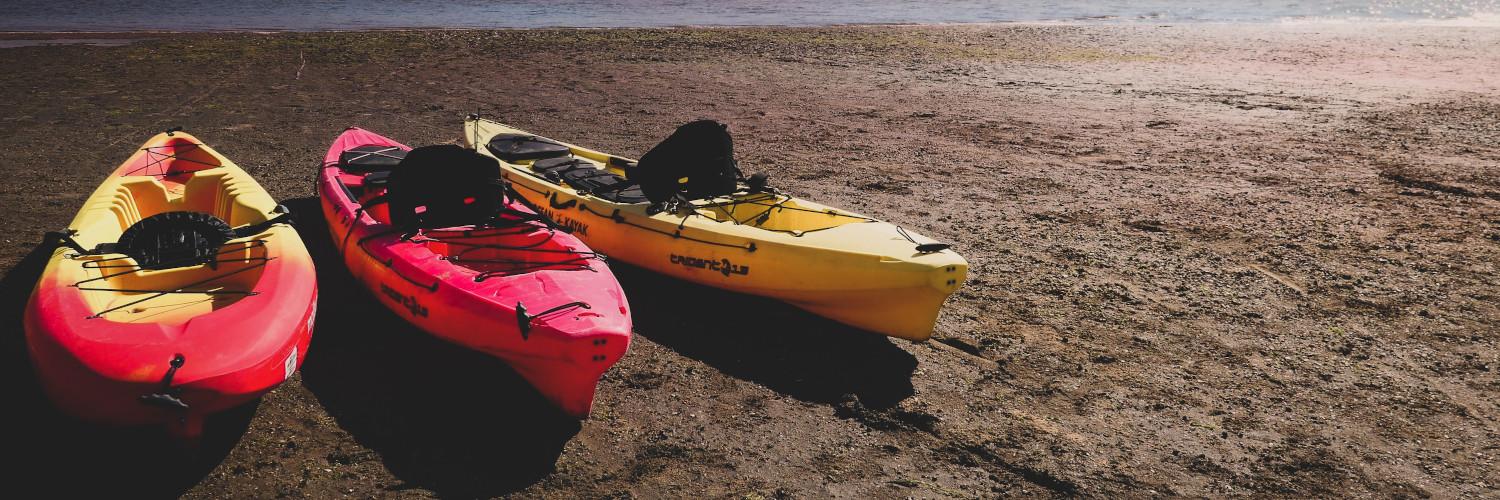Kayaking is a relatively safe and user-friendly activity. Once you get the hang of it, kayaking is very relaxing. But one common phrase paddlers often hear is “never kayak alone.” Sure, it’s easy to understand why people would say this, but it’s not a good blanket statement because it completely ignores the fact that kayaking alone can be safe and incredibly fun.
Don’t go alone if you are a beginner
We should modify this to say that you should never kayak alone if you are a beginner. There are risks and hazards involved when you are kayaking alone. Granted, the risks are also present even if you are in a group. But you understand that kayaking alone is riskier. That said, there are a lot of kayakers that love paddling alone.
There are only a few things you need to learn and master before you can take on such a big responsibility. So the good news is that, with practice, you can eventually do this on your own. If you have worked towards increasing your skills and paddling alone, here are a few safety tips to remember:
Check the Weather
Weather conditions can change quickly and this is perhaps the most dangerous part of kayaking alone. You need to be able to adjust accordingly. To stay safe, do not go kayaking when the weather isn’t favorable. High winds and waves can easily swamp a small watercraft regardless of your skill level. As much as possible, paddle in calm conditions close to the shore, especially if it’s your first time kayaking alone.
Choose a Suitable Destination
Choose a kayaking location that is appropriate for your skill level. A great place to kayak is calm and shielded from strong wind and big waves. This makes it easier to paddle and stay safe on the water. It should also have a good access point for launching and landing. Try to choose a kayaking location with lots of places to go ashore. Bonus points if the place has minimal motorized boat traffic. Quiet lakes, calm bays, and river ways without noticeable current are ideal locations.
Tell Your Friends
You can paddle alone, but you should make sure people know where you are going. Paddling alone is riskier and even the most experienced paddlers can run into trouble sometimes. But it is still wise to have a friend onshore who knows your location. Make a plan and then give it to someone who is staying onshore. Include your time and location of departure, your anticipated route, and time you expect to get back. Don’t forget to check in once you make it back so that people know you have arrived home safely.
Do Not Forget Your Safety Gear
If you are experienced enough to go paddling alone, make sure to take your life saving vest with you. Most kayakers take the life jacket off because they find it uncomfortable. This is why you need to invest in a kayaking-specific life jacket. These are designed to be as comfortable and unrestricting as possible, so you can sit and paddle smoothly. Also keep a cell phone that is in a water proof case or a water proof bag. Expect to be in the water at some point on your trip. It doesn’t hurt to expect the worst. Wear protective footwear and clothing that can get wet. Pack your gear in a waterproof bag, and then secure it to your boat so you don’t lose items along the way. Bring at least two signaling devices like whistles, as well as waterproof flashlights.
Do Your Research
Once you’ve chosen your paddling destination, do your best to learn everything you need to know about it. You should also check if your boat is suitable for that specific body of water. Not all boats are created equal. Learn what paddling conditions your boat is suitable for.
Practice Re-entering Your Kayak
This one is to ensure your safety in the event that you fall over and your kayak capsizes. You need to practice this before you ever need to do it for real. Re-entering a sit-on-top kayak is a lot easier than re-entering a sit-inside kayak because it won’t swamp. But whichever type of kayak you are using, if you can re-enter it confidently, then you should be fine.
Kayak Alone
If you have all these skills and knowledge, then nothing short of inclement weather can stop you from enjoying a relaxing kayak adventure on your own. If you have reliable self recovery skills, know how to navigate, have great solo launching and landing skills, and are equipped with all the necessary tools, then you have nothing to worry about. “Never paddle alone” is applicable if you are unprepared.

